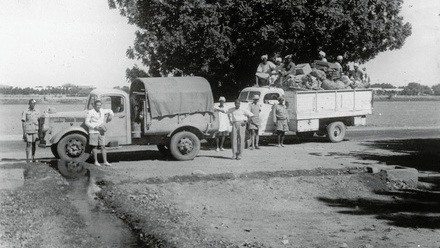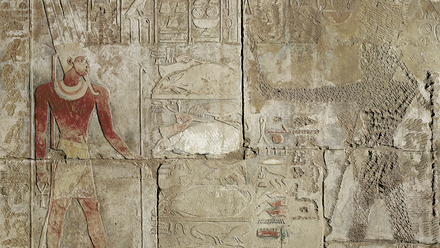A fresh look for the EES logo
Some of you may have noticed that we’ve had a little make over lately and are beginning to introduce a new look (see for example Facebook and Twitter, and soon on this website too), although on closer inspection you will notice that our new image is actually based on something very familiar – our old one!

Left, the previous ‘logo’ was actually a seal designed in 1892. Right, the new logo takes much of its inspiration from the original design.
Over the past year we’ve been working with Nim Design to bring members and wider audiences a more contemporary EES-brand that reflects our standing as the leading British institution undertaking archaeological research in Egypt. The logo we have adopted will replace our more traditional seal that has been in use since 1892, though even this saw some subtle changes over the duration of its use.
Taking the central image of a youthful Horus the Child sitting atop an open lotus flower the image’s symbolism of rebirth and regeneration reflects our determination to face the challenges ahead. Here, Carl Graves explores the history of the original seal as preserved in the records of the Society’s committee minute archives.
When the Egypt Exploration Fund was founded in 1882 by Amelia Edwards (1831-1892) and Reginald Stuart Poole (1832-1895) it had no logo and no identity. Over the course of the last 135 years, the Society has created a prestigious legacy and a respected identity in the field of Egyptology. The circular seal, familiar to many members and researchers, was first used in 1892 after a four year (yes, that’s right, 4 years!) process led by the Committee at the time.
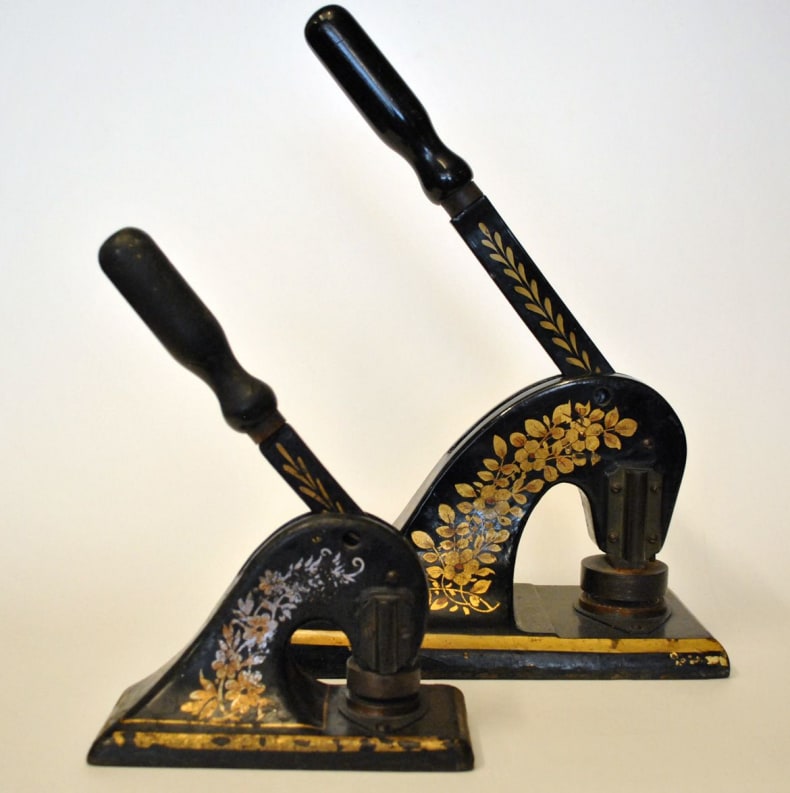
The old office (back) and library (front) embossing presses
On the 17th February 1888 the sub-committee for publications was requested to procure a design for a seal and submit it to the committee. This clearly never materialised as on 10th January 1890 Thomas Henry Baylis (1817-1908) of the Committee stated,

‘…it was indispensable for the Fund to have a common seal…’
By the 16th October 1891 Sir William Henry Gregory (1816-1892) proposed that a sub-committee for the design of the seal should be set up to include Reginald Stuart Poole, Edward Maunde Thompson (1840-1929) and Herbert Appold Grueber (1846-1927). A deadline was set to present the design at the next committee meeting.
Grueber subsequently presented two designs for approval on 11th December 1891. Of which one was accepted. As the logo later appeared in the 1894 excavation memoir Ahnas el Medineh (Heracleopolis Magna), we can assume that this seal was the one selected by the Board.
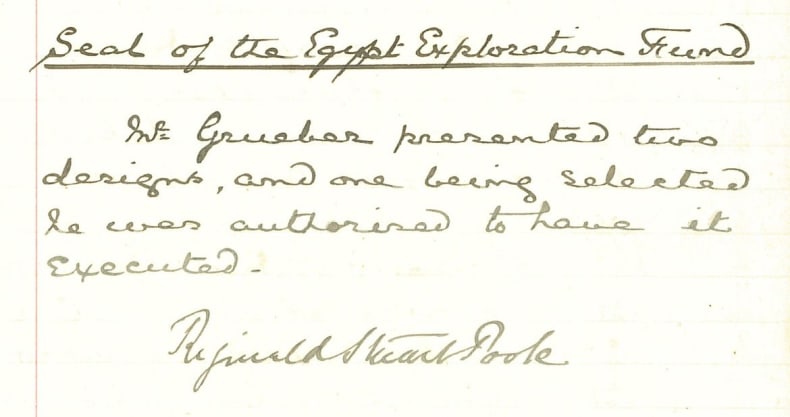
The final word in the Committee minutes from 1892 when Reginald Stuart Poole signed off the design for the original EEF seal.
The complex design included winged sun-disk patterns and bound bundles of lotus and papyrus, part of a generic Egyptianising art popular at the time. The same is true of the naos surrounding the central image. This element at the centre of the seal however, was inspired by an authentic ancient object - the bracelets of an individual named Nimlot now in the British Museum (EA14595). It is unsurprising that this piece would be known to the Fund, especially those entrusted with designing the seal, as both Edward Maunde Thompson and Reginald Stuart Poole were employed at the Museum. The piece was acquired in 1850 from the collections of Sir Charles Augustus Murray and was possibly originally found at the site of Sa el-Hagar, ancient Sais. Nimlot was of Libyan descent to judge by his name, and was perhaps the son of Shoshenq I, founder of the 22nd Dynasty. The bracelet depicts the child god Harpocrates sitting in a blue lotus, a symbol of creation and rebirth, a motif directly replicated in the original EEF seal.
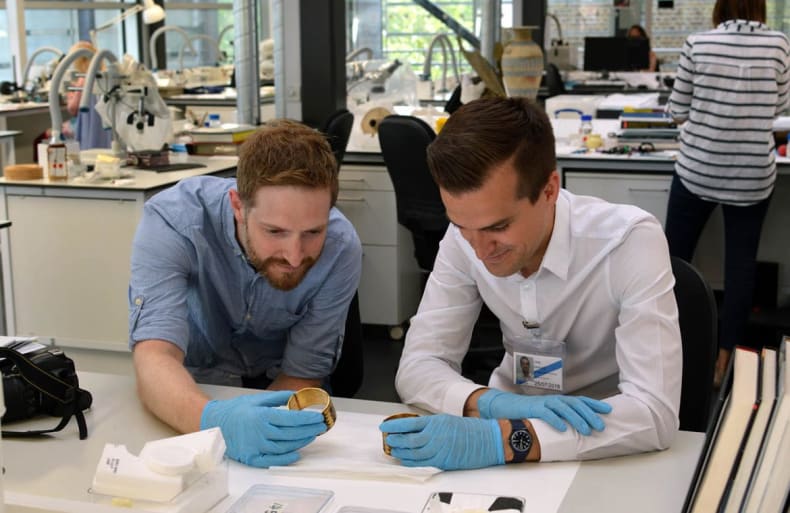
Dr Chris Naunton and Carl Graves visited the British Museum to view the bracelets of Prince Nimlot when researching the history of the EES seal.
Unfortunately, Amelia never lived to see the logo or the development of the legacy she founded. But the new logo’s use of the central element of the seal means that the development of the seal will continue into our future.
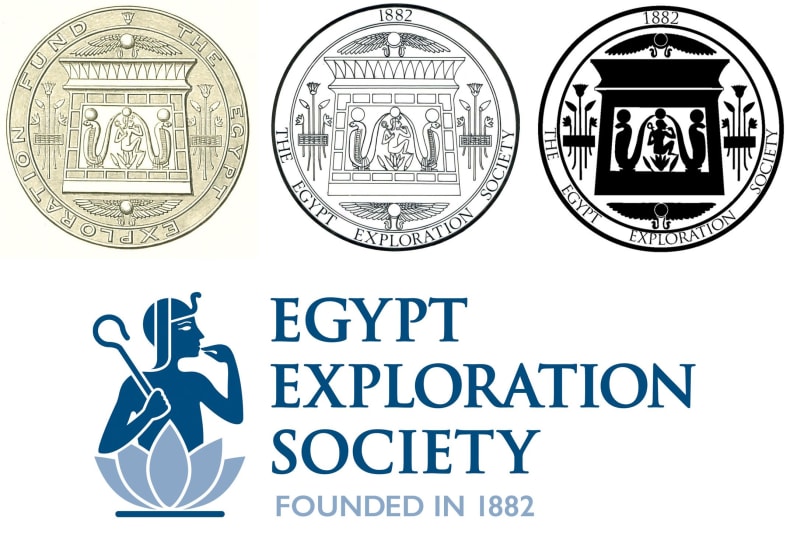
The development of the EES seal since 1892 and the new logo today.

